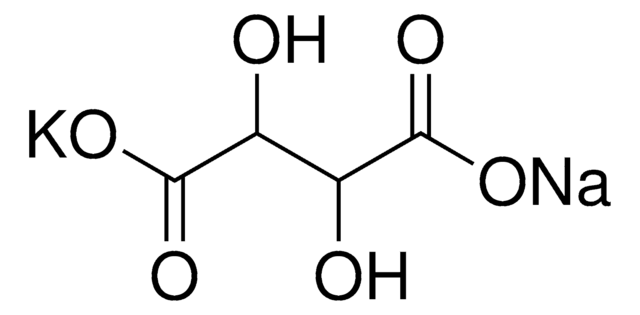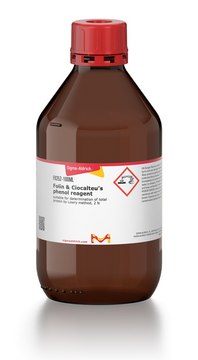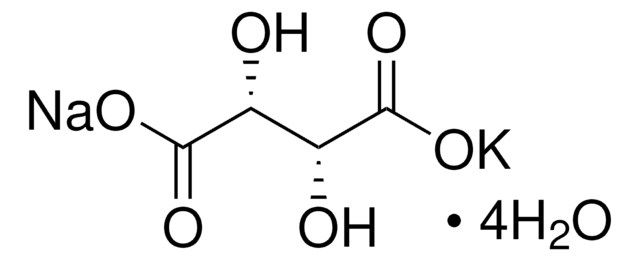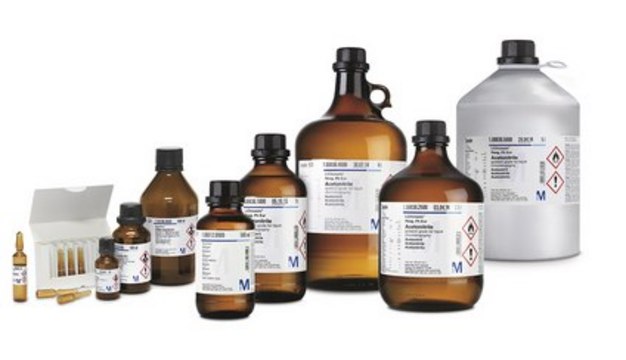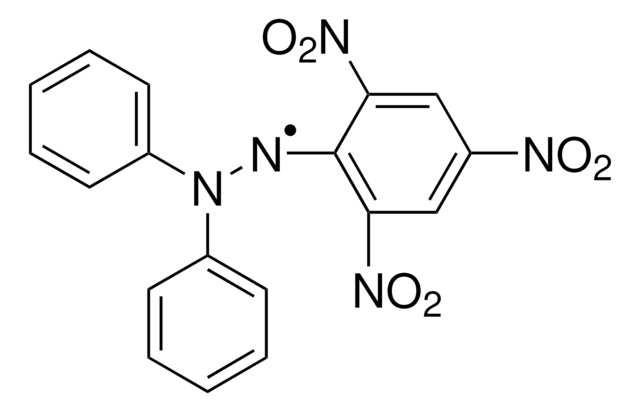All Photos(1)
Synonym(s):
Copper(II) sulfate solution, Fehling’s Reagent I for sugars, Cupric sulfate standard
Recommended Products
form
liquid
reaction suitability
reagent type: catalyst
core: copper
availability
available only in Japan
SMILES string
[Cu++].[O-]S([O-])(=O)=O
InChI
1S/Cu.H2O4S/c;1-5(2,3)4/h;(H2,1,2,3,4)/q+2;/p-2
InChI key
ARUVKPQLZAKDPS-UHFFFAOYSA-L
Looking for similar products? Visit Product Comparison Guide
Signal Word
Warning
Hazard Statements
Precautionary Statements
Hazard Classifications
Aquatic Acute 1 - Aquatic Chronic 2
WGK
WGK 3
Flash Point(F)
Not applicable
Flash Point(C)
Not applicable
Personal Protective Equipment
dust mask type N95 (US), Eyeshields, Gloves
Regulatory Information
新产品
Certificates of Analysis (COA)
Search for Certificates of Analysis (COA) by entering the products Lot/Batch Number. Lot and Batch Numbers can be found on a product’s label following the words ‘Lot’ or ‘Batch’.
Already Own This Product?
Find documentation for the products that you have recently purchased in the Document Library.
Antonella Amore et al.
FEMS microbiology letters, 337(2), 155-163 (2012-10-12)
In silico analyses of several laccase promoter sequences have shown the presence of many different responsive elements differentially distributed along the promoter sequences. Analysis of Pleurotus ostreatus laccase promoter poxa1b extending around 1400-bp upstream of the start codon showed the
M Seder-Colomina et al.
Ecotoxicology (London, England), 22(1), 199-205 (2012-11-10)
Microbial mats are coastal ecosystems that consist mainly of cyanobacteria, primary producers in these habitats that play an important role in stabilising delta sediments. However, these ecosystems are subject to various kinds of pollution, including metal contamination, placing their survival
José Luis Arcaya et al.
Investigacion clinica, 54(1), 47-57 (2013-06-21)
Wilson disease is a hereditary disorder caused by mutations of the ATP7B gene, which leads to intoxication with copper as a result of an unbalance of copper homeostasis. The clinical manifestations resulting from this intoxication are related to the affectation
Ang Li et al.
Oncology reports, 29(2), 535-540 (2012-11-21)
Aquaporins (AQPs) are a family of small, integral membrane proteins that have been shown to play an important role in tumor development and metastasis. Several studies have demonstrated that expression of AQP3 contributes to the enhanced migration of epithelial cells
C Tarhan et al.
Genetics and molecular research : GMR, 11(4), 3824-3834 (2012-11-13)
Because of its specific electrochemical properties, copper is an essential heavy metal for living organisms. As with other heavy metals, high levels can provoke damage. We examined gene expression under copper stress in wild-type fission yeast (Schizosaccharomyces pombe) through differential
Our team of scientists has experience in all areas of research including Life Science, Material Science, Chemical Synthesis, Chromatography, Analytical and many others.
Contact Technical Service